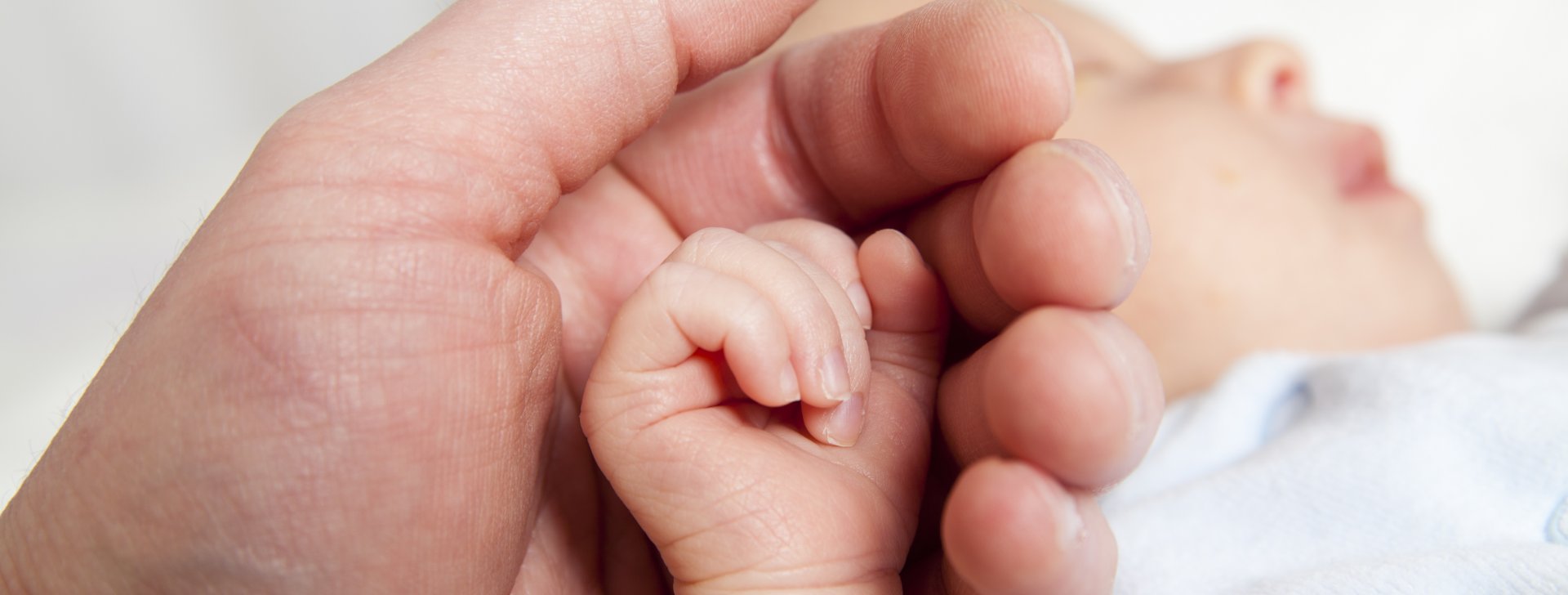
Normally, delivery takes place between the 37th and the 42nd week of gestation. By that time, the foetus is fully formed and developed enough to be able to adapt to extra-uterine life. However, in some cases delivery may occur before the 37th week of gestation. In that case, the neonate is considered preterm, with the degree of development of their organs being dependent on the gestational age.
Maturation and functionality of the lungs is critical for survival. Based on the degree of prematurity, lungs can be partially or even completely immature, and thus unable to ensure an adequate respiratory function.
For decades, Chiesi has been committed to neonatology, working alongside the medical community to improve the level of care for preterm babies. Thanks to this important relationship, Chiesi has become a global partner for neonatologists, bringing its life-saving drugs to more than 80 countries worldwide, and working towards the sharing of best clinical practices.
Neonatal respiratory distress syndrome is a typical condition in preterm infants. Rather than identifying a single pathology, RDS is usually used to identify a complex clinical picture whose symptoms are due to an under-development of the respiratory system. Severity and incidence of this pathology are directly linked with the degree of prematurity, with infants born before the 28th week of gestation being at greater risk.
Respiratory failure in preterm infants with RDS is due to a shortage in the pool of pulmonary surfactant, which helps to create a biofilm covering the inner walls of the alveoli. The physiological role of surfactant is to allow the lungs to expand and avoid collapse (atelectasis) during the expiratory phases. Lack of surfactant results in difficulty in breathing, with low oxygenation, increased breathing effort and the need for respiratory support.
The pool of available surfactant in a preterm infant is usually extremely limited compared to that of a term neonate and further decreases as a result of RDS. When necessary, the administration of exogenous surfactant can alleviate the symptoms of this syndrome by supplementing the endogenous pool of surfactant, thereby enabling the biofilm to be replenished.